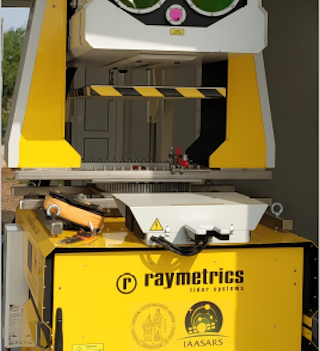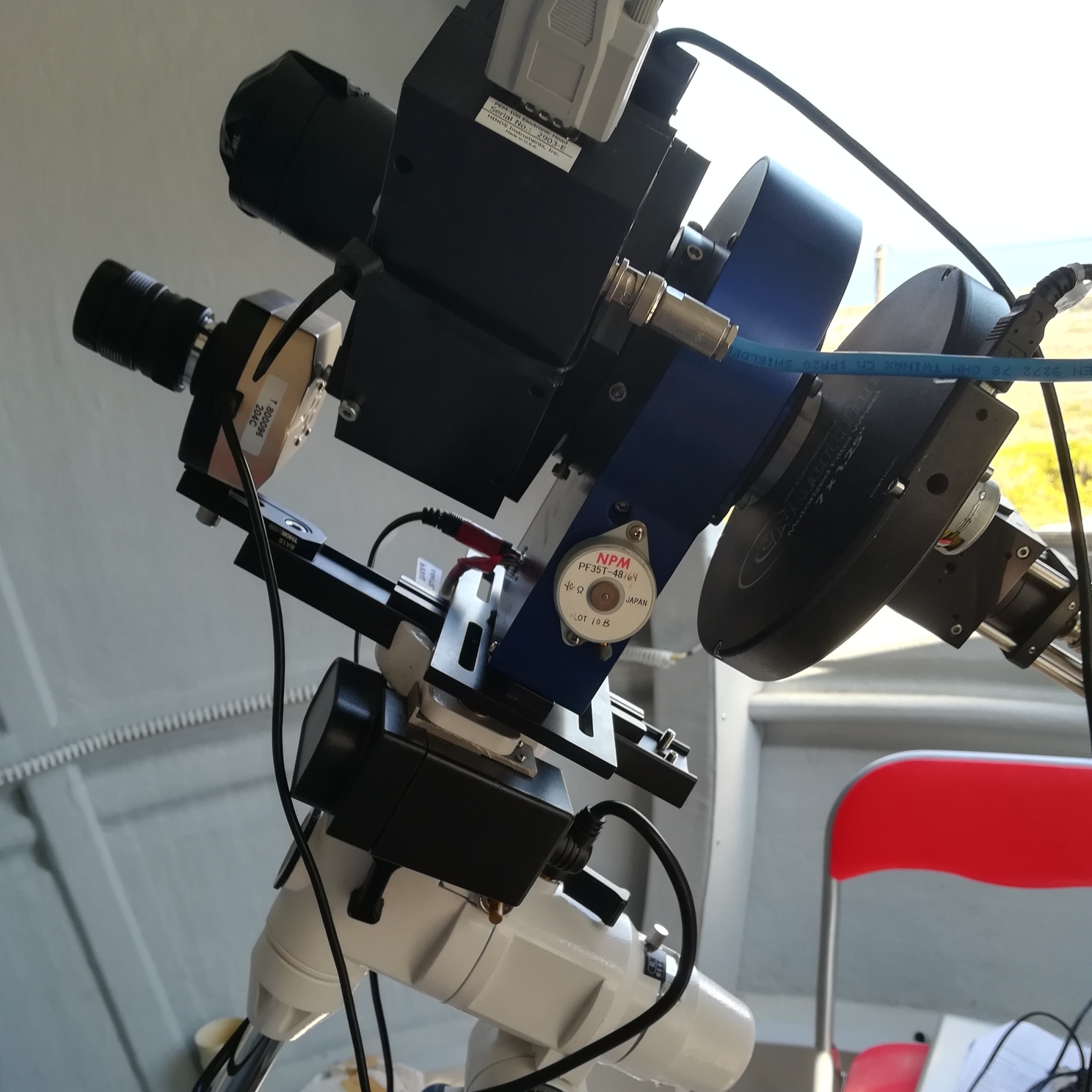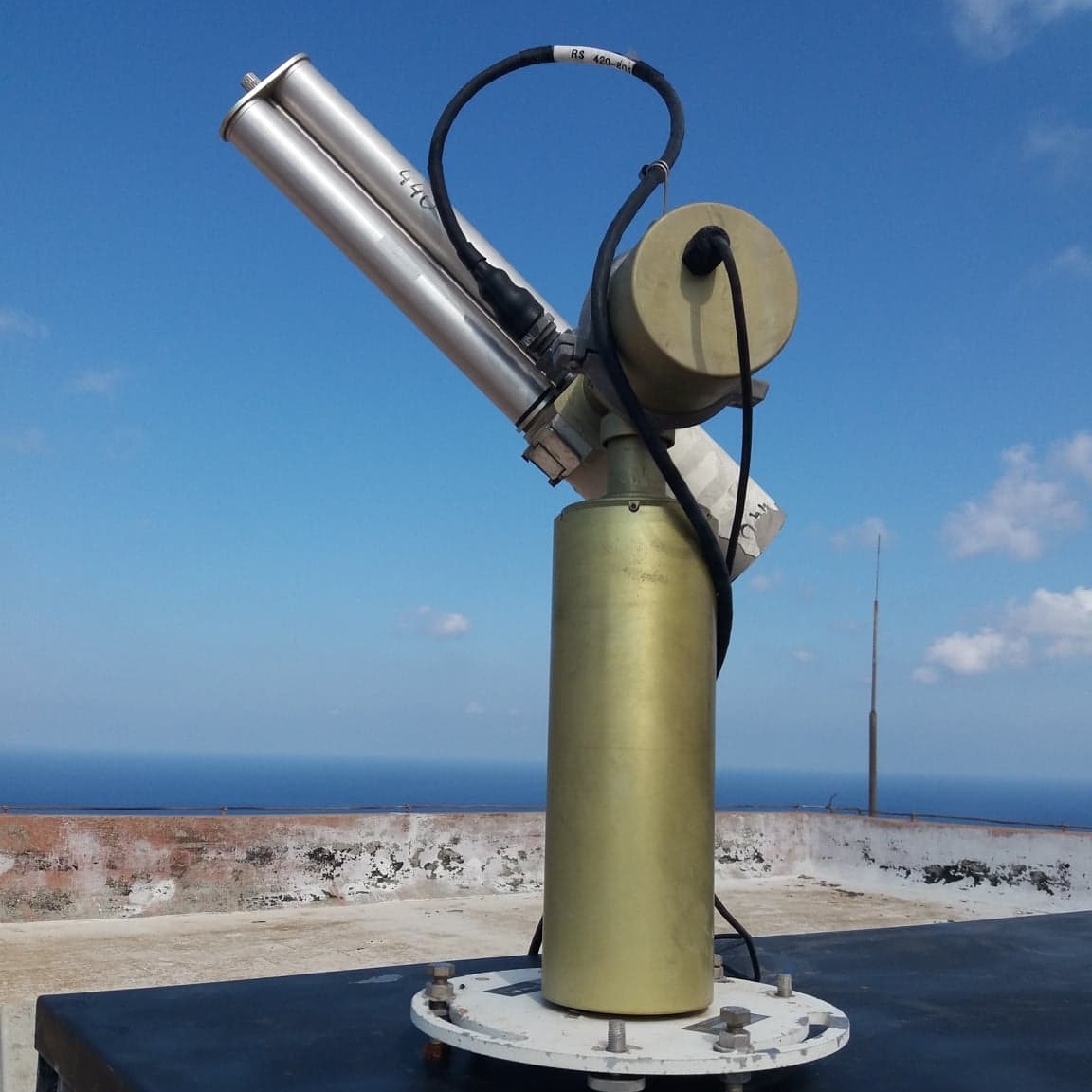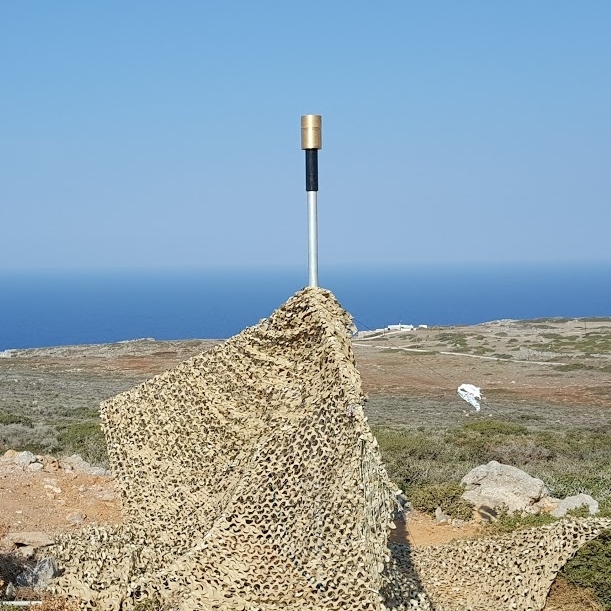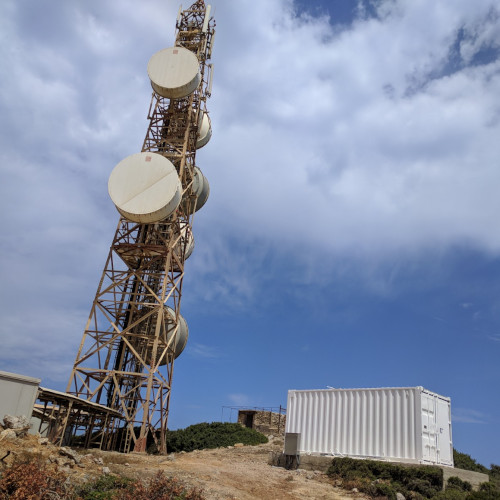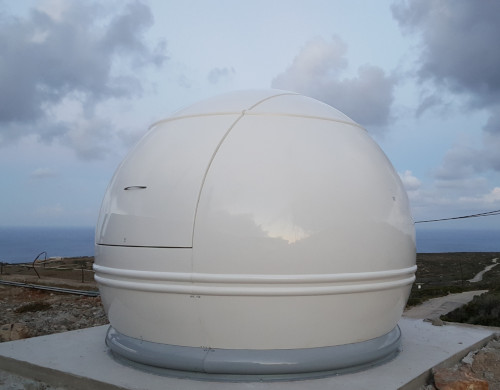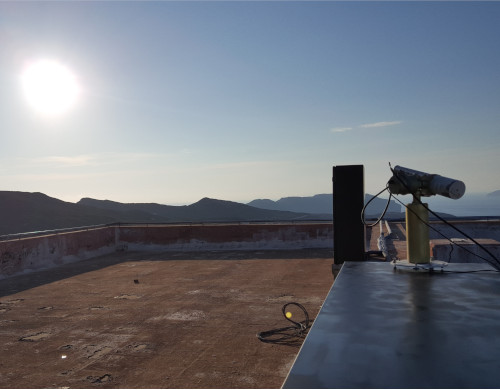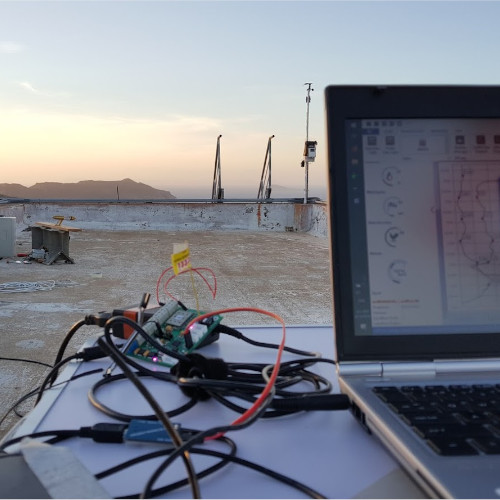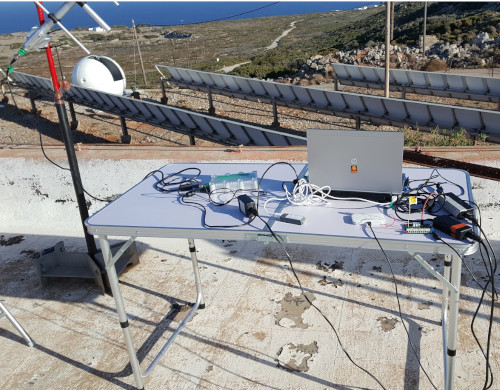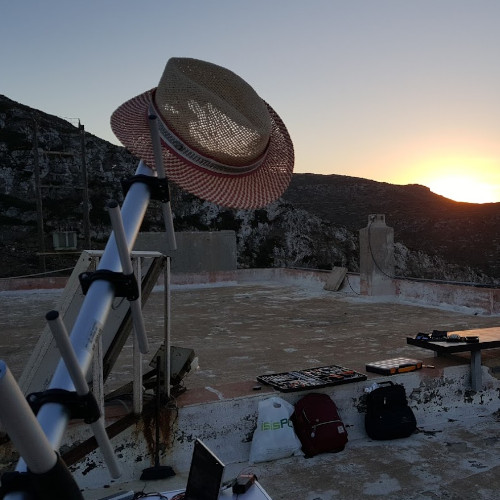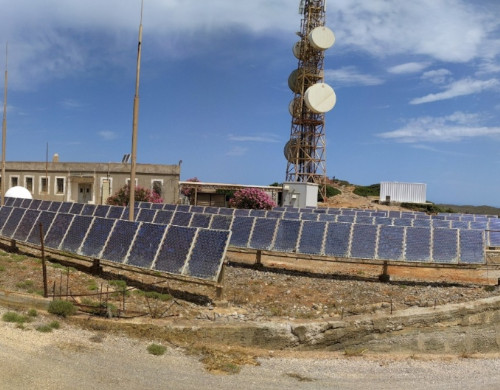EVE
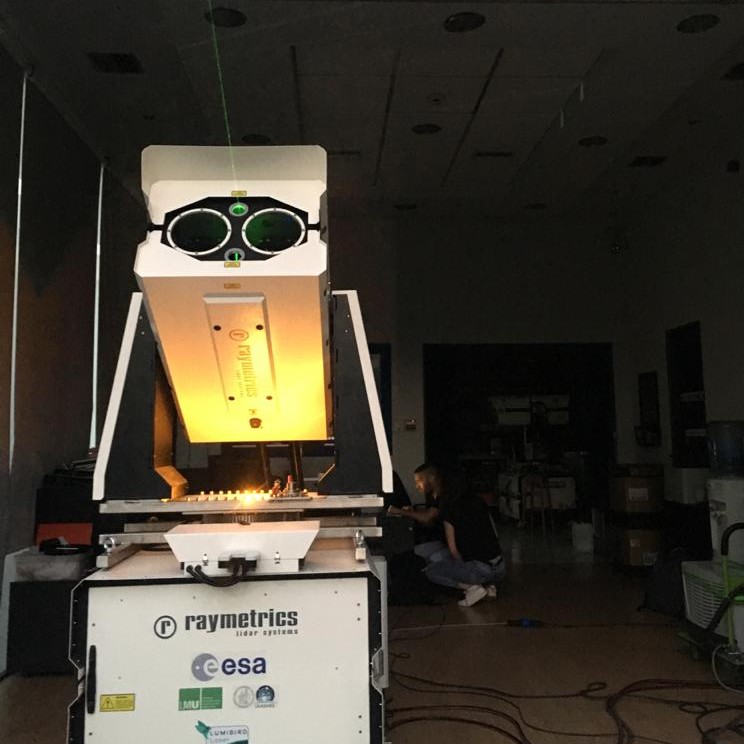
The Enhancement and Validation of ESA products (EVE) is a depolarization lidar system developed for the European Space Agency (ESA) by Raymetrics S.A. in collaboration with National Observatory of Athens (NOA) and Ludwig-Maximilians University of Munich (LMU). It is an innovative, mobile system which consists of a dual-laser/dual-telescope configuration. It enables the simultaneous emission of linearly and circularly polarized radiation at 355 nm and the detection of the elastically backscattered radiation with polarization sensitive channels, as well as the inelastic (Raman) backscattered radiation at 387 nm. EVE aims to provide the ESA-Aeolus mission with a flexible, mobile reference ground-based lidar system capable of providing well-characterized fiducial reference measurements of aerosol optical properties. Morover, it can be upgraded to multi-wavelength system to support calibration/validation activities of the ATLID lidar on-board the upcoming EarthCARE satellite.
